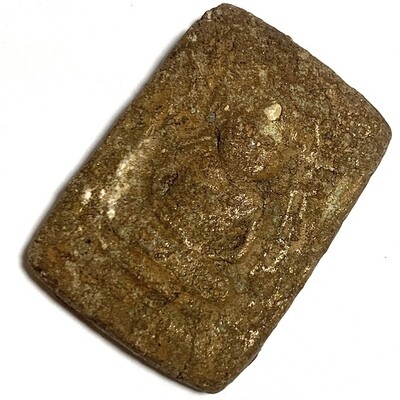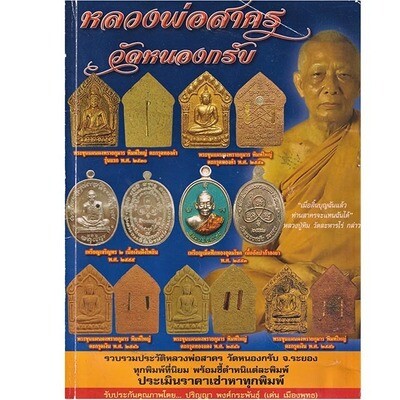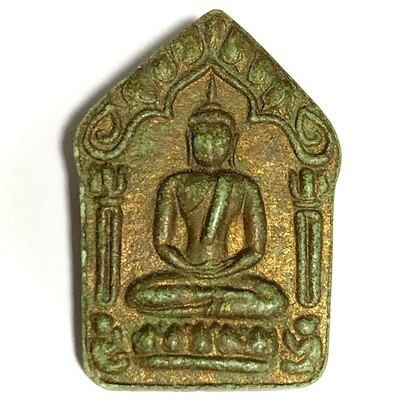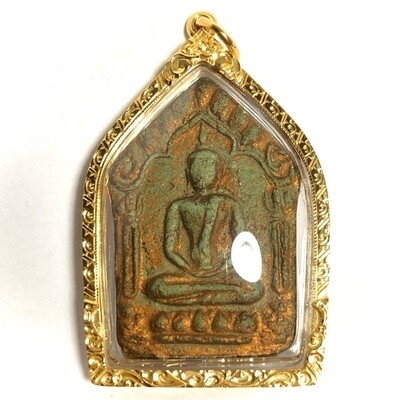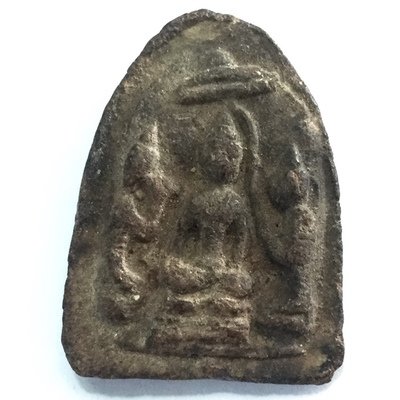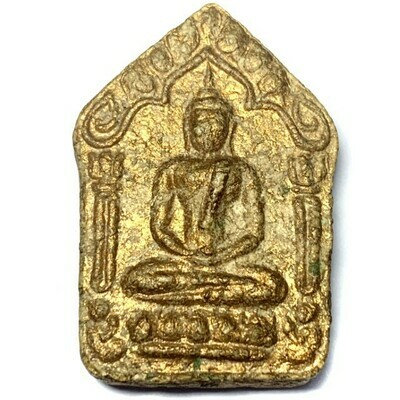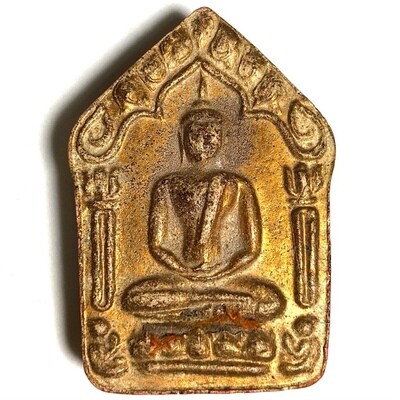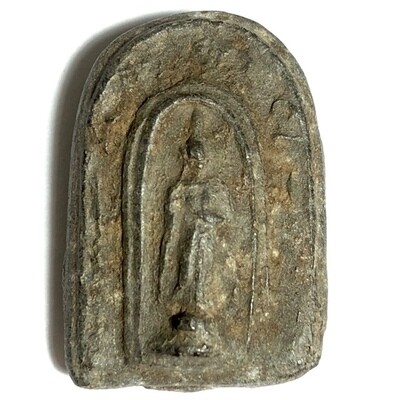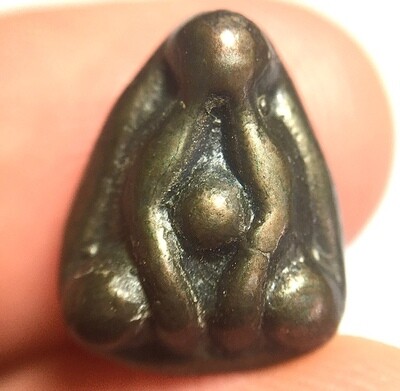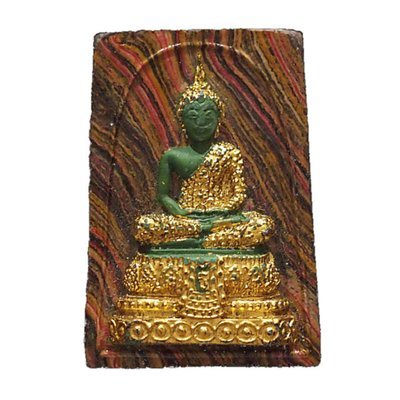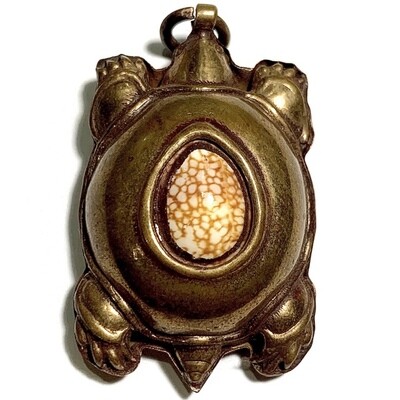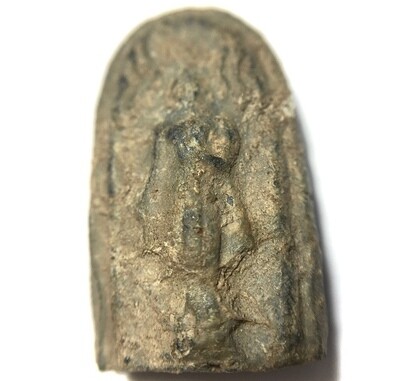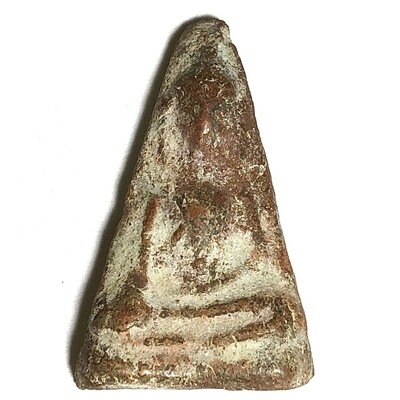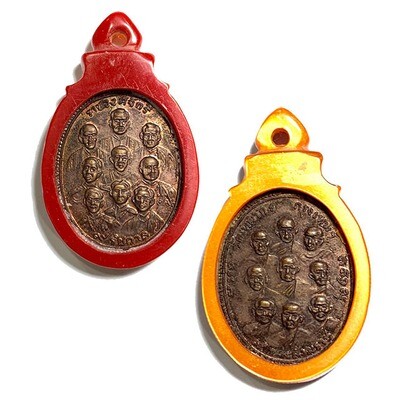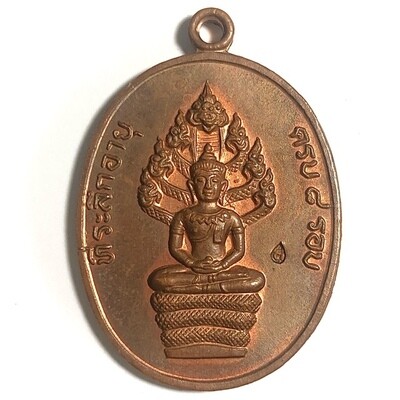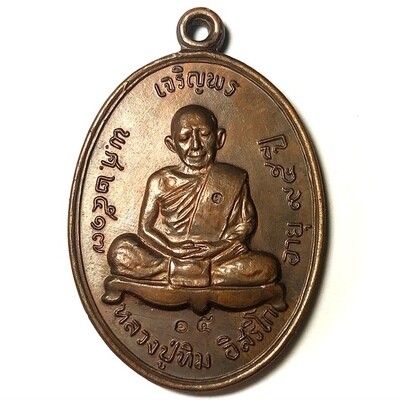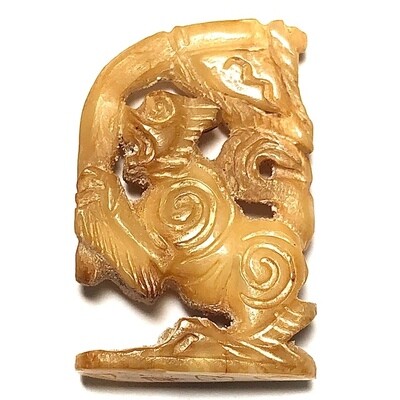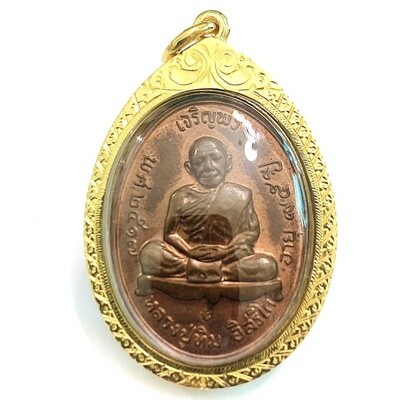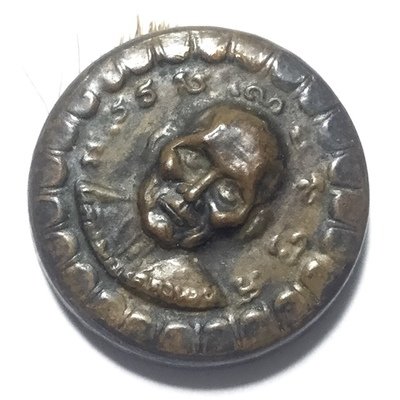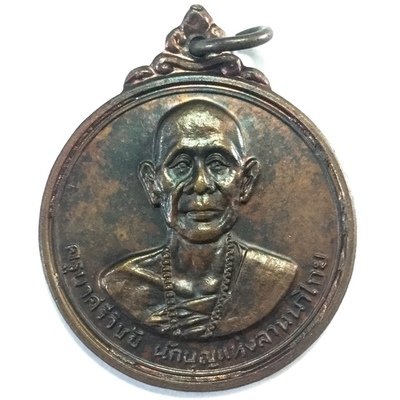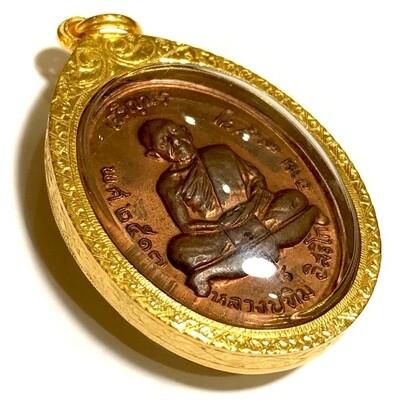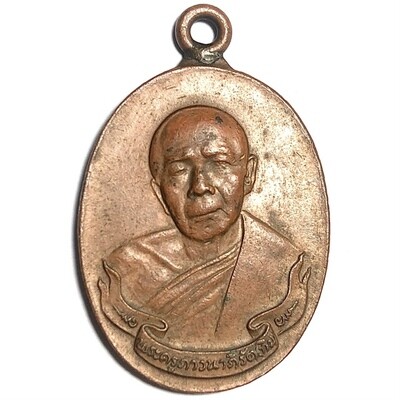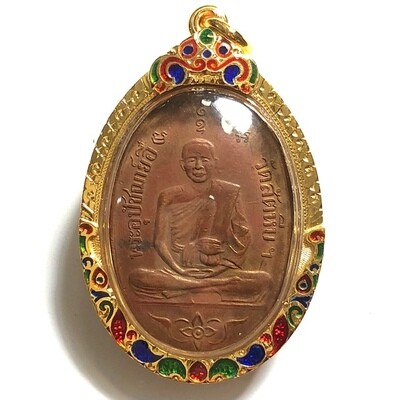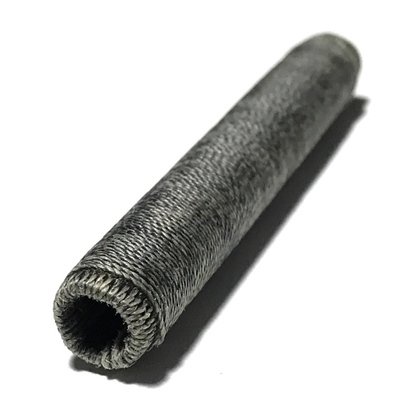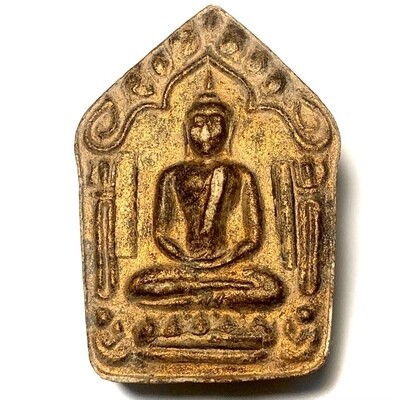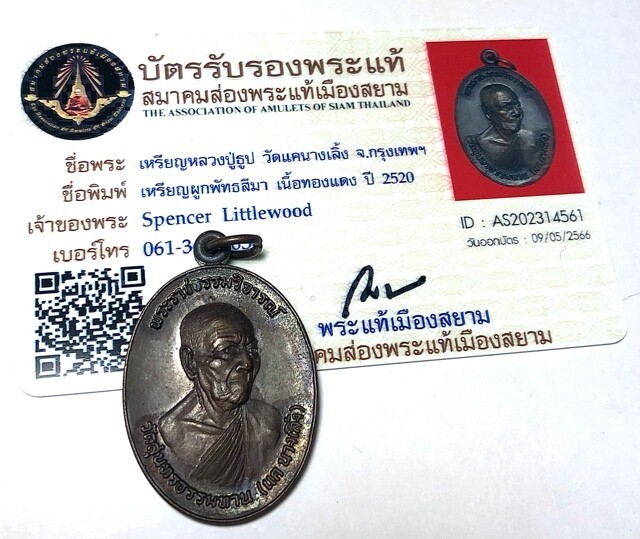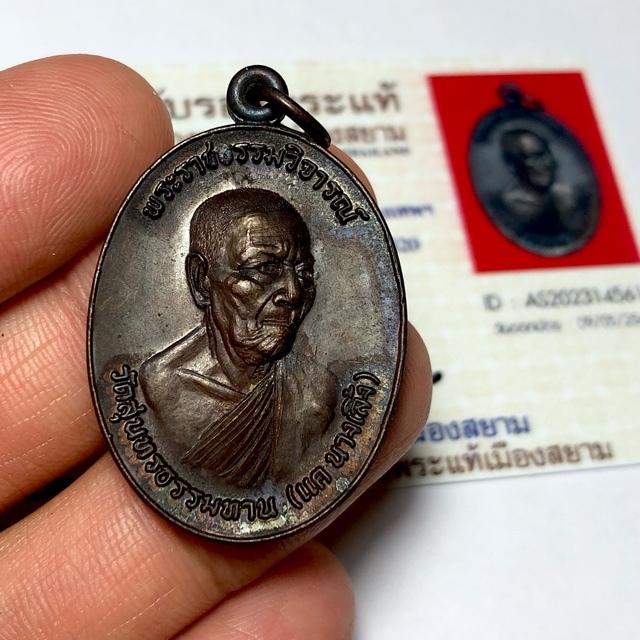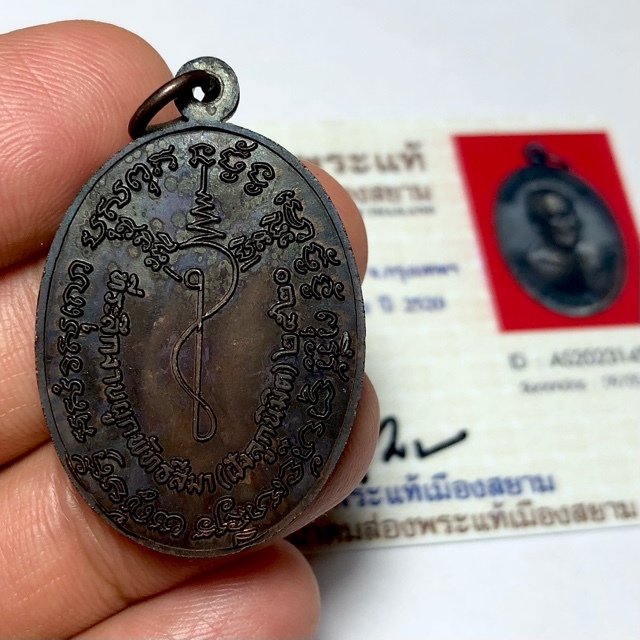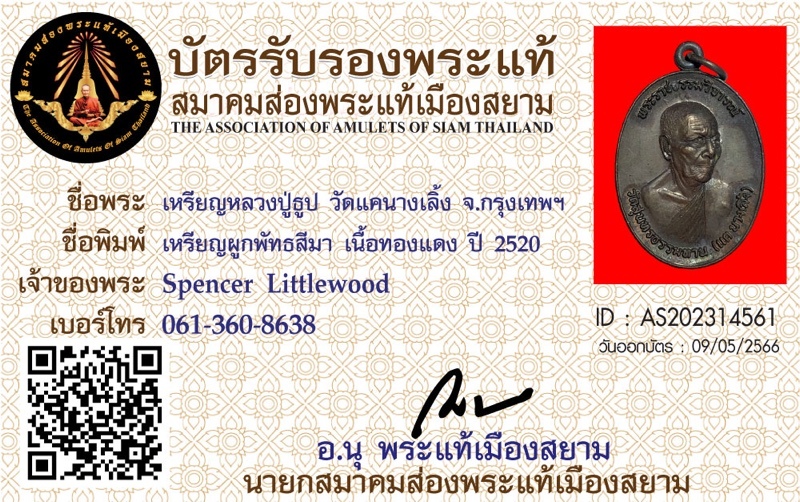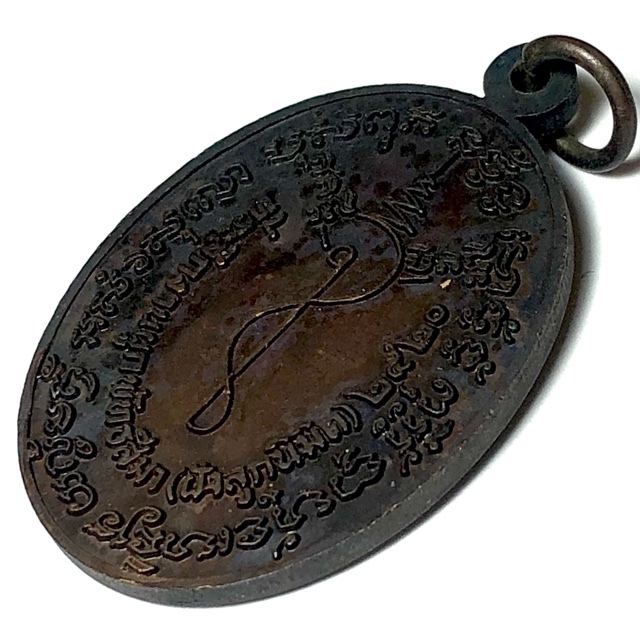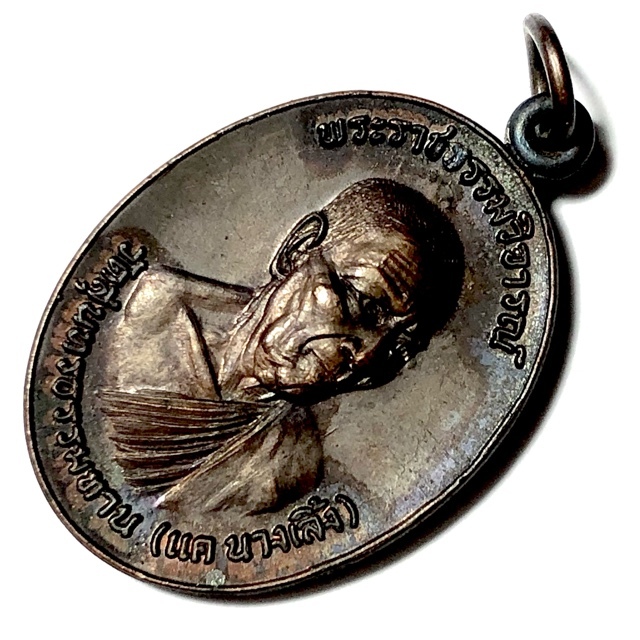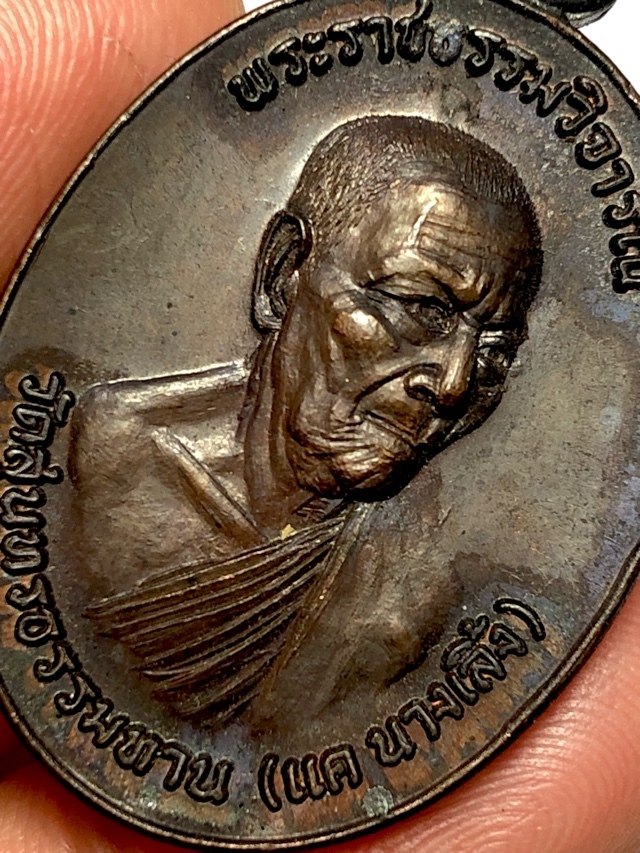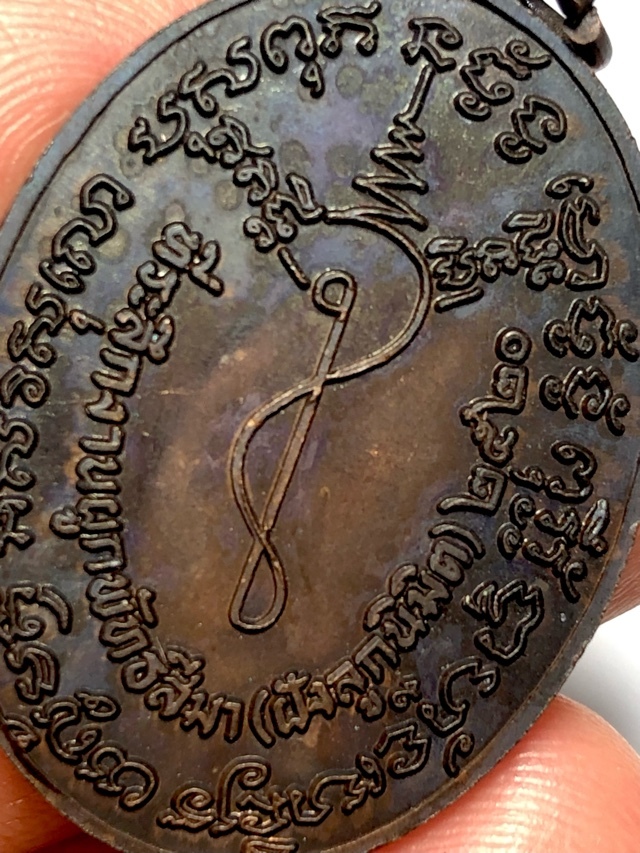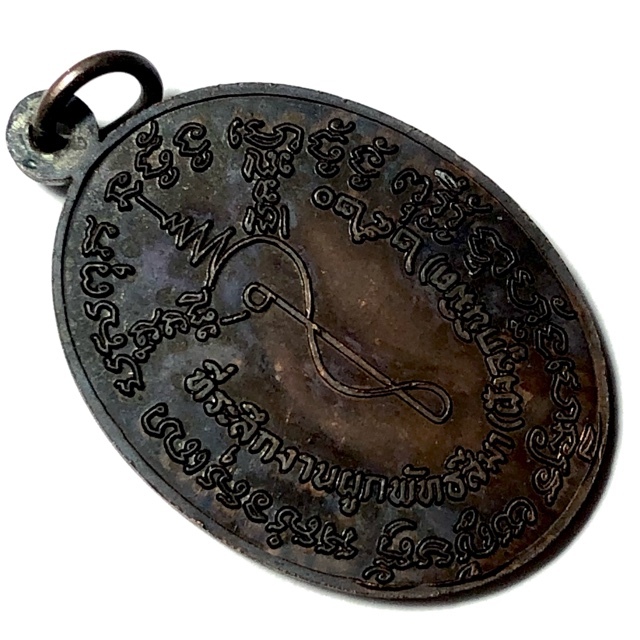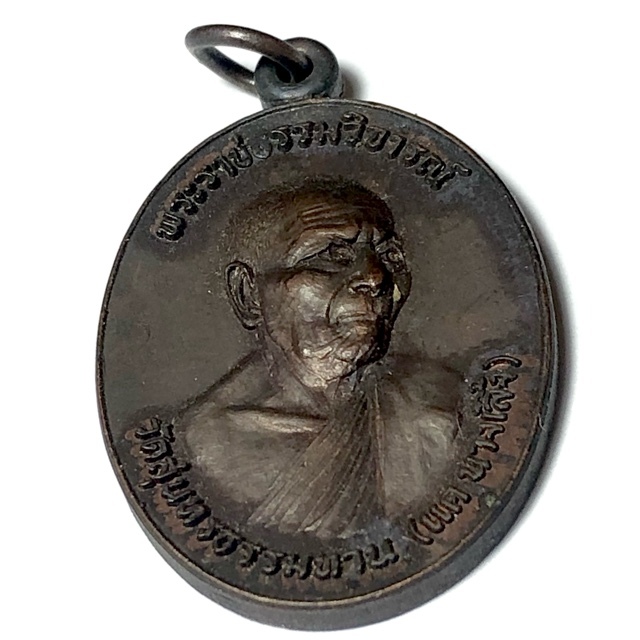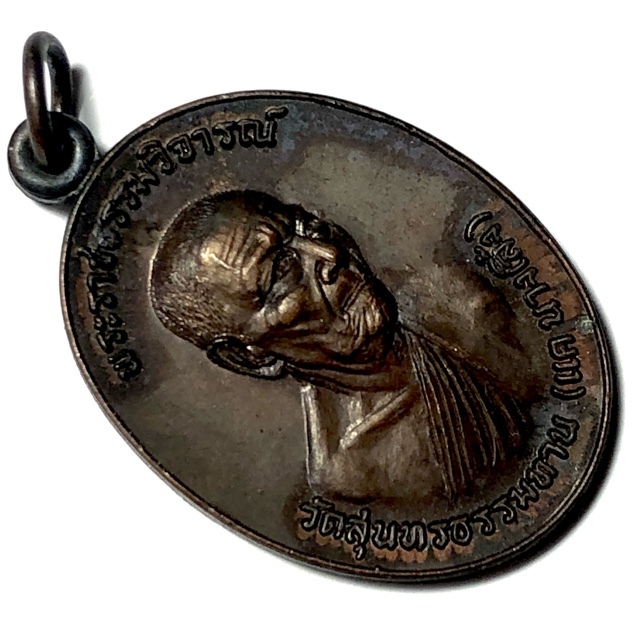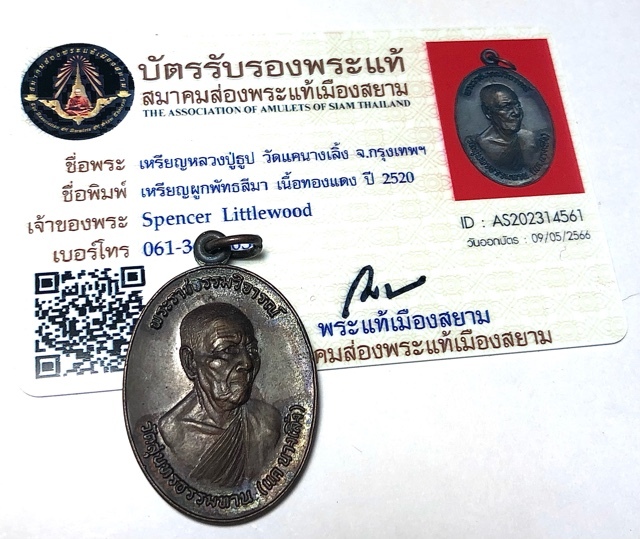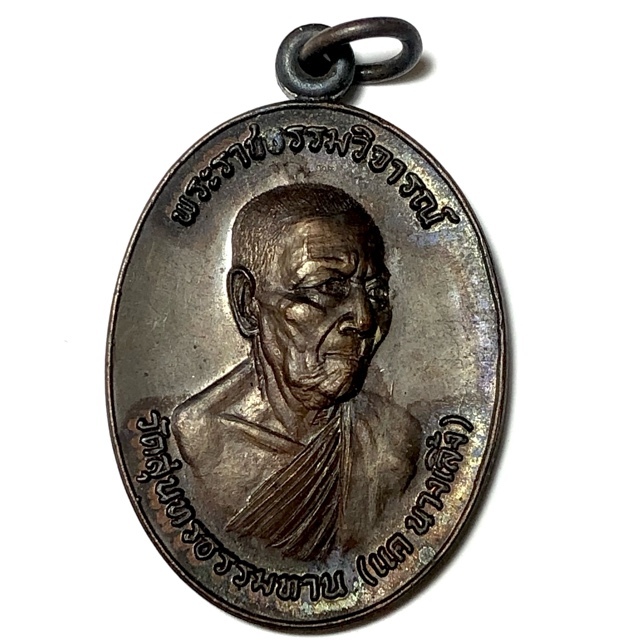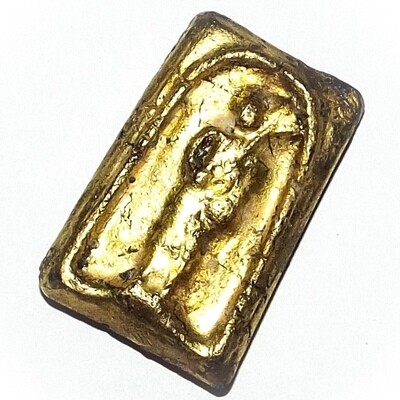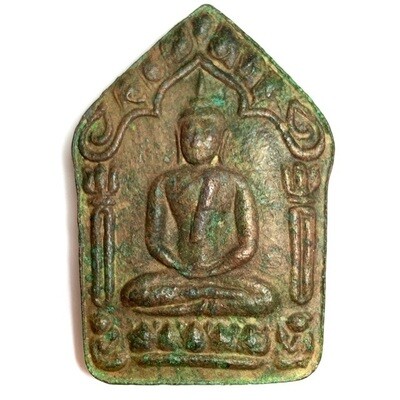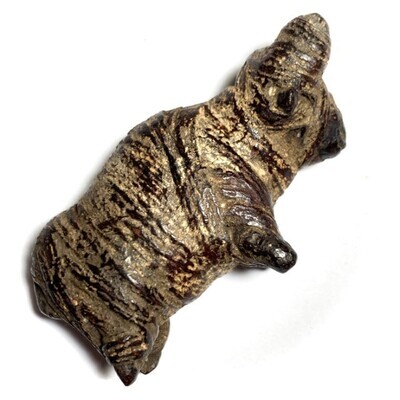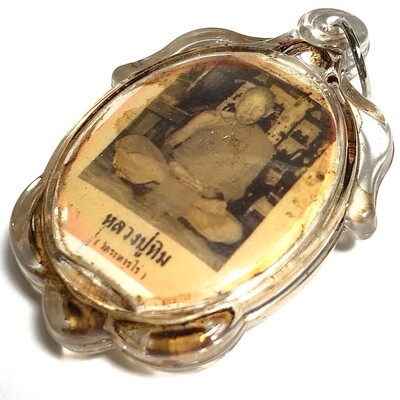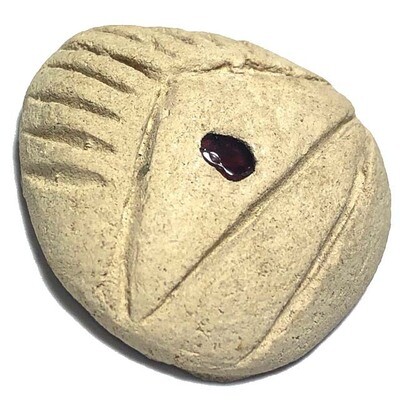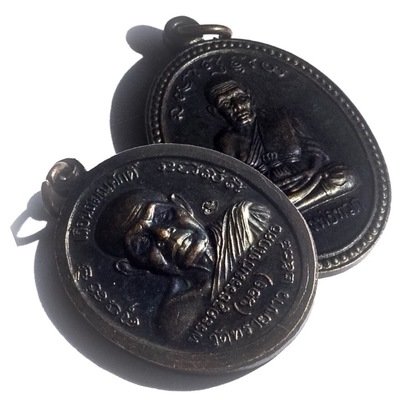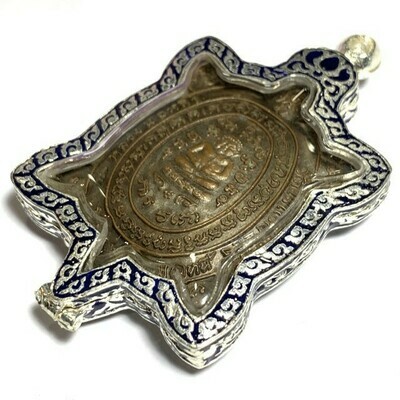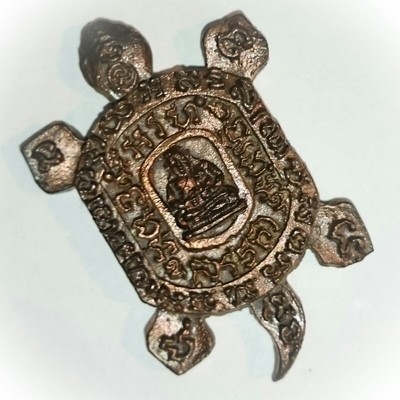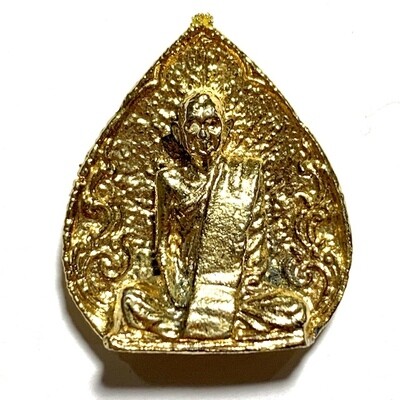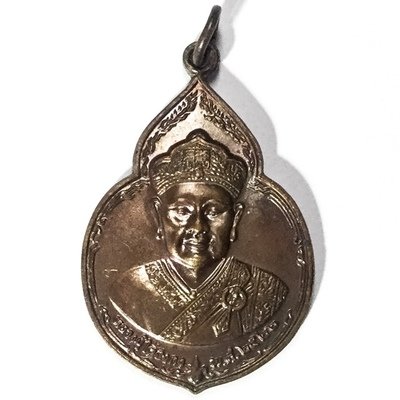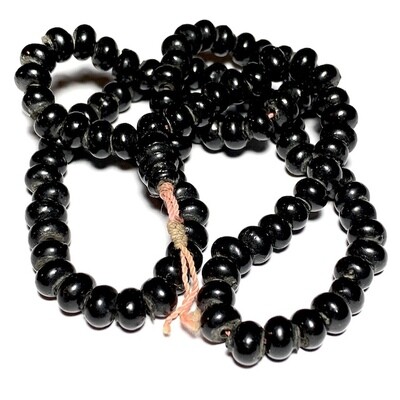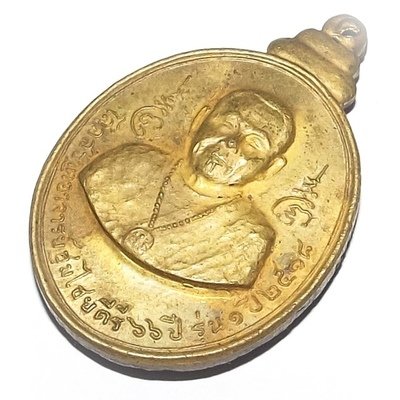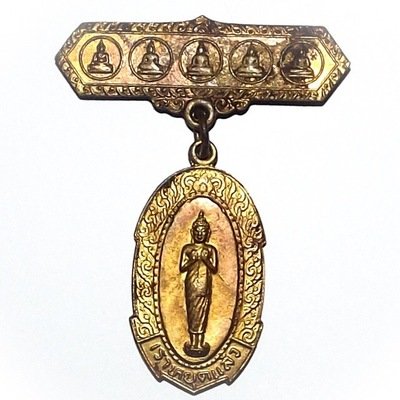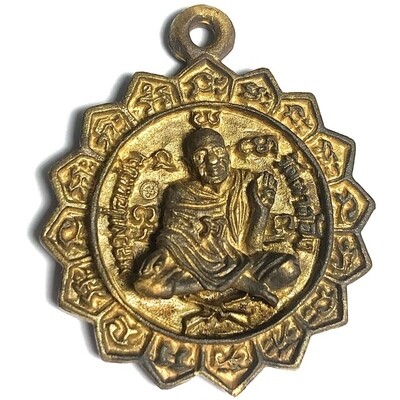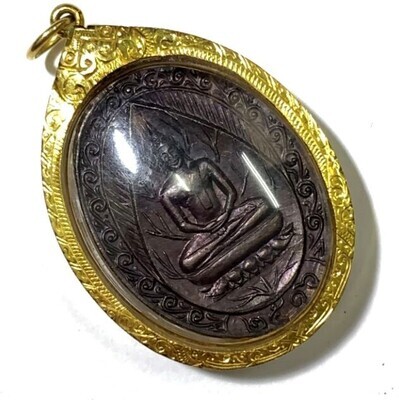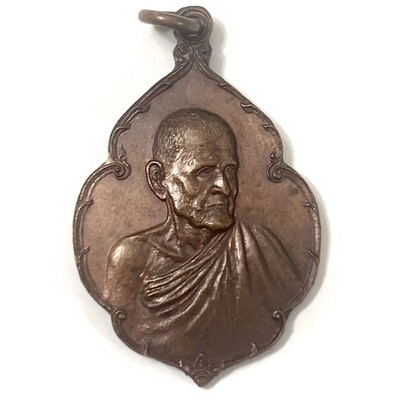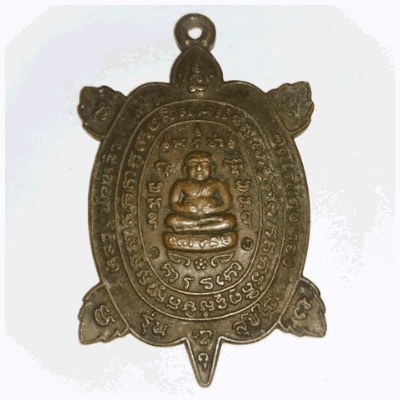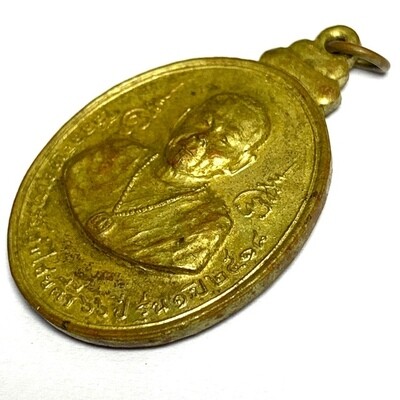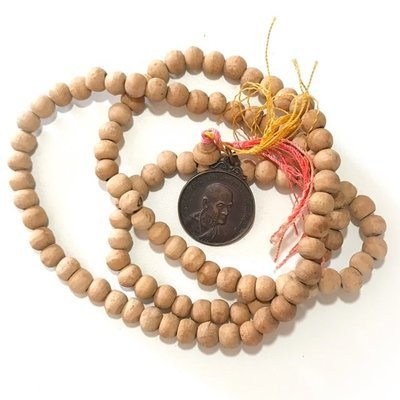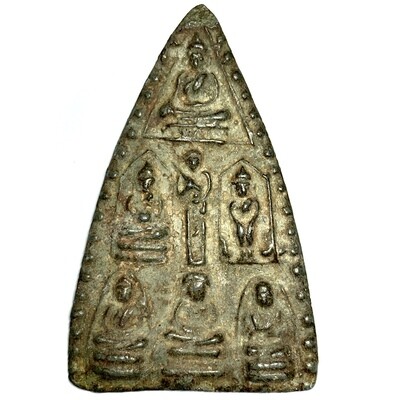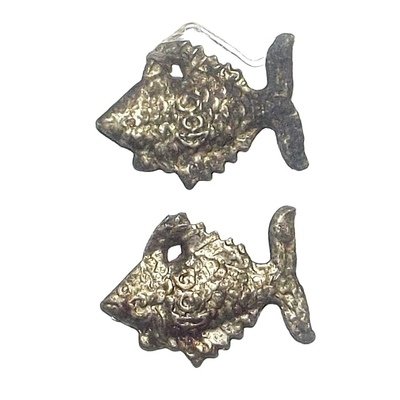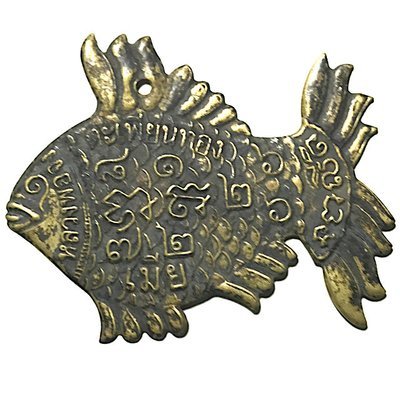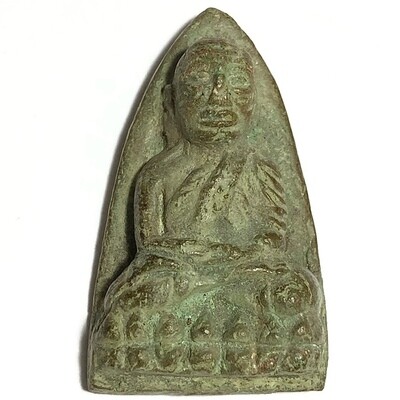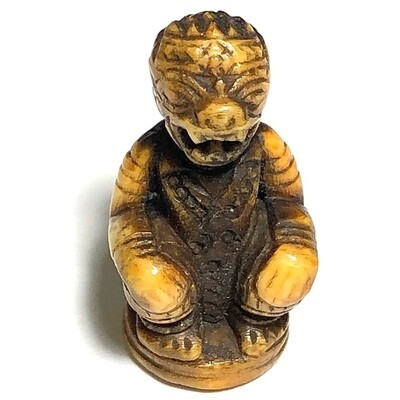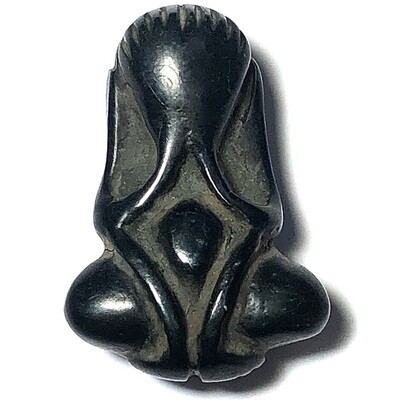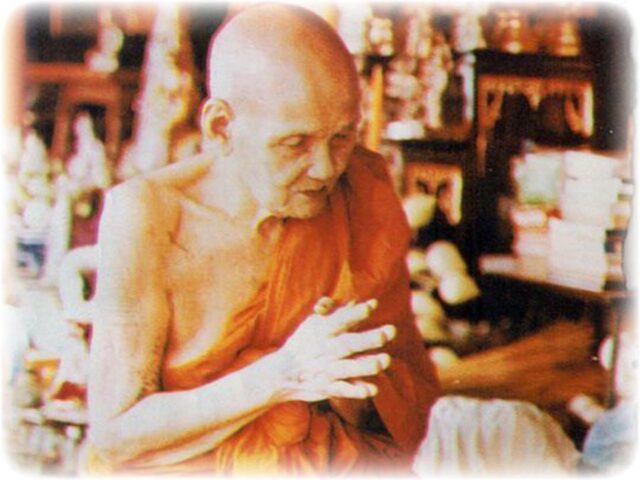
This list of Buddhist Guru Master monks will auto-update each time we add a new Master. Click each link in the list to view the amulets and read about each Guru Monk
- Ajarn Nong Wat Sai Khaw
- Luang Phu Yim Wat Nong Bua
- Luang Por An Wat Prayat
- Luang Por Daeng Wat Khao Bandai It
- Luang Por Glan Wat Prayat
- Luang Por Guay Chudtintaro Wat Kositaram
- Por Tan Nam Puttasaro Wat Don Sala
- Luang Phu Phueak Wat Ging Gaew
- Luang Phu Doo Wat Sakae
- Luang Por Chaeng Wat Bang Pang
- Luang Por Phaew – Wat Tanode Luang
- Luang Pu Seng Sopano Wat Kanlayanamit
- Luang Por Doon – Wat Buraparam
- Ajahn Chah Subhatto – Wat Nong Pha Pong
- Luang Phor Derm Phutthasaro of Wat Nong Pho
External Pages
- Luang Por Chuea Sugawanno (Wat Mai Bampen Bun)
- Luang Phu Nai – Wat Ban Jaeng (Ayuttaya)
- Luang Phu Rod (Wat Bang Nam Won)
- Luang Phu Kroo Ba Ban
- Luang Por Daeng Wat Khao Bandai It
- Luang Phor Noi Wat Dhamma Sala
- Luang Por Phang Jidtakudto
- Luang Phu Toop
- Luang Phu Yen
- Luang Por Parn Sunanto
- Luang Por Guay
- Luang Phor Sodh
- Luang Phor Raks (Wat Sutawat Vipassana)
- Luang Phor Kasem Khemago
- Luang Phu Kambu
- Luang Phor Chor
- Luang Phor Supot
- Luang Phor Simplii
- Luang Por Suang Apayo (Wat Chee Ba Khaw)
- Phor Tan Jao Khun Juea
- Luang Por Nok (Wat Sangkasi)
- Luang Por Lae Tidtappo (Wat Khao Song)
- Luang Por Hyord (Wat Gaew Jaroen)
- Luang Por Pring – Wat Bang Bakork
Rian Roop Muean 2520 Putta Sema Temple Boundary Edition Amulet & Certificate - Luang Phu Toop Wat Kae Nang Lerng
Pra Sivali Long Rak Pid Tong Hlang Yant Bai Pad 2520 BE - A rare Classic Pim Niyom Amulet from the Great Luang Phu Toop, of Wat Kae Nang Lerng (2441 - 2533 BE). This amulet comes with authenticity certificate from the association of amulets of Siam Thailand. This exhibit is in extremely pristine condition, and has highly detailed relief, and is immensely easy to authenticate with the naked eye, even without its accompanying certificate. The surface sheen of the sacred chanuan metal amulet has an aura that causes the eye to be drawn to the image of Luang Phu Toop
Pra Racha Dhamma Wicāra, or, as common folk know him, 'Luang Phu Toop' of Wat Kae Nang Lerng, was a highly revered monk and esteemed acclaimed member of the ten officially recognised makers of Pra Somdej amulets within the legendary Dtamra of Somdej Pra Puttajarn (Dto) Prohmrangsri's classic methods of creating Pra Somdej amulets.
He was acclaimed by devotees for his powerful Wicha Akom, and was the creator of a vast range of different amulets, all of which are now extremely rare to encounter, and highly prized within his cult inner circle of collectors and devotees.
This Rian Roop Muean Guru Moink Coin amulet is yet another member of LP Toop's panthheon that are classed as extremely rare, and is an extremely beautiful exhibit, which has been certificated authentic by the Association of amulet of Siam Thailand.

He was acclaimed by devotees for his powerful Wicha Akom, and was the creator of a vast range of different amulets, all of which are now extremely rare to encounter, and highly prized within his cult inner circle of collectors and devotees. This Pra Sivali Amulet is one of the rarest items, and is an extremely beautiful exhibit, which has been covered with 'Rak' herbal lacquer and pure 96% gold leaf.
Luang Phu Toop was born in Tambon Bang Luang Iang in Ayuttaya, on he 11th of April 2411 BE. His Father was called 'Dech' and Mother went under the name of 'Phong'. Luang Phu Toop lost his parents about the time of hs first birthday, after which he stayed with relatives in Bangkok, who were Lordly Family Lineage, namely Jao Praya Racha Supamidtr, and Tan Phu Hying Plaek. Luang Phu Toop learned Khom Agkhara Script and Pali Sanskrit at an early age as he was still attending school, at the temple close by to his relatives home.
Below; Authenticity Certificate issued by the Association of amulet of Siam Thailand, signed by its president
In the year 2463, Luang Phu Toop ordained at Wat Suntorn Dhamma Dhana (pronounced 'Wat Suntorn Tamma Tan' in Thai), popularly known as Wat Kae Nang Lerng. HIs Upachaya Ordaining Officer was tan Jao Kun Tamma Warodom, the Abbot of Wat Benjamabopit. His Pra Gamma Wājājarn was Pra Ariya Muni, the Abbot of Wat Tewarachagunchorn. Pra Kroo Puttaban (Luang Por Naedtr), the Abbot of Wat Sontorn Tamma Tan was his Pra Anusawanajarn Witness.
He received the 'Chāyā' (Ordained Monk's name), of 'Khema Siri'. Once he was Ordained, Luang Phu Toop studied Kammathāna Vipassanā, and Dhamma, and Putākom (Buddha Magic) with the Great Luang Por Parn of Wat Bang Nom Kho in Ayuttaya for a long time.
After Luang Phu Toop returned back to Bangkok thereafter, he would still return often throughout the years, to continue his studies with Luang Por Parn. As time went on, Luang Phu Toop came to become friends with Luang Por Khant of Wat Nok Grajarp, who introduced him to the 'Wicha Chueak Kart Aew' (magical cord belt making), which he mastered under the tutelage of Luang Por Khant.
Luang Phu Toop also went on to master a number of other magical Wicha with the great Luang Por Chaem of Wat Ta Gong in Nakorn Pathom, and with the Legendary Luang Por Ngern of Wat Don Yai Horm, because Luang Por Ngern would often visit wat Ta Gong to see Luang Por Chaem, and so Luang Phu Toop was blessed to receive Wicha from both of these Immensely Powerful Sorceror Monks.
Luang Phu Toop was a very diligent monk who would accept and fulfil all the requests he received from his superiors, and was never lazy or selfish in his behaviour. He became highly respected and beloved by his companions in the Sangha during his early years as a Samanera Novice Monk, and was a shining example to the other Novice Monks, inspiring and driving them to excel in their duties.Luang Phu Toop was responsible for a great deal of helpful activities in assisting the Abbot of Wat Kae Nang Lerng in the development of the temple, and eventually was elected Vice Abbot.
In the year 2471 BE, Luang Phu Toop was elected to become the Abbot of Wat Sontorn Tamma Tan (Wat Kae Nang Lerng), and developed the Temple until it grew to become a Great Temple, as seen today, and in the Year 2477 BE, he was given the Honorable Official Status of Pra Kroo Sanya Badtr. Consequently, in the Year 2495 BE, he was given the Official Status of Pra Racha Kana (Bishop) by Royal Decree. Luang Phu Toop is known for his many different Amulets which he created, which he began to make in the Year 2482 BE, by co-creating an edition with the Legendary Luang Por Chaem of Wat Ta Gong.
This first edition was the Pra Somdej Sam Chan Buddha on 3 Tiered Dais, The Pra Rod Buddha Amulet, The Pra Pim Nang Kwak Supawadee Amulet. All of these Amulets were created in Nuea Pong Pasom Din Buchaniyasathan (Muan Sarn Sacred Powders mixed with earths from Sacred Shrines), and also in a second Sacred Substance, namely Pong Bailan Long Rak Chab Nuea Nai Si Dork Tao (Black Parchment Powders with Lacquered Surface and Gray Inner Color). All models had deep hand spell inscriptions in the rear face.
Every time Luang Phu Toop created an Edition of Amulets, he would distribute them to devotees who came to the temple and helped out. The Amulets which remained left over afterwards would be then hidden in the base of the Buddha Statue within the Uposatha Shrine Room. The Amulets of Luang Phu Toop include Sacred Powder Amulets, Chueak kart Aew Macic Cord Belts with Takrut. His most famous editions are the 2504 and 2513 Editions. The 2513 Edition saw his first edition Guru Monk Coin released, which is a Highly Preferred Pra Niyom Master Class Amulet. Various other editions were of course beseeched and releasaed over the years to mark different events, such as this 2520 BE installation of the Putta Sema Temple Boundary Monument Memorial edition.
Luang Phu Toop remained as Abbot of Wat Kae Nang Lerng and was highly respected and beloved by the Local Folk, until his final passing on the 29th May 2533, at the age of 92 Years Old
